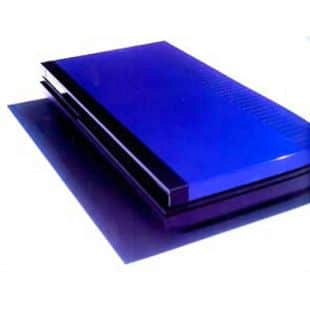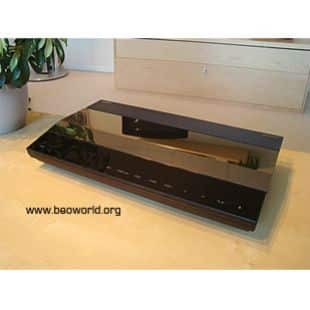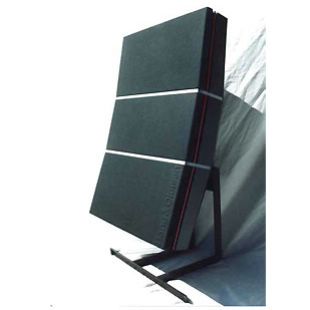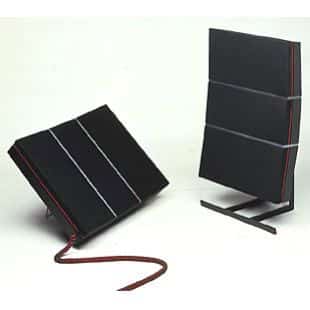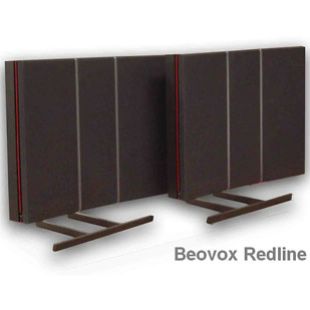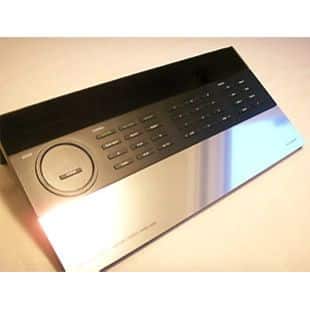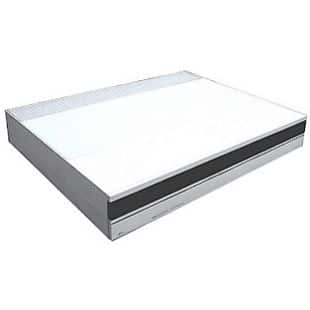Beovox RL 35

The idea behind Beovox Red Line speakers was one of flexibility. A Red Line speaker was so flexible that it could be placed anywhere. On the ceiling, the wall, or on the floor.
You could hang them semi-permanently on the wall, and if you had a party you could place them on the floor and thereby add extra emphasis to the bass. The different ways of placing them accentuated different frequencies. You could also tilt them if you chose to hang them on the wall. This allowed you to adjust the sound image and direct the sound right at your listening position. However, Red Line was more than merely flexible. It was an impressive bass reflex speaker with a revolutionary new cabinet that ‘curved’ round the sound thereby eliminating irritating resonance because there were no parallel surfaces.
Music that never stands still
Red Line loudspeakers followed your music tastes right up the wall if you wanted! All models except the RL35 could be hung on the wall or be suspended from the ceiling; and, if your dancing feet wanted to make the most of the bass notes, then Red Line could be positioned on the floor, supported by the built-in floor stand. By using Red Line speakers, you weren’t plagued by cables that wrapped themselves around your feet like spaghetti either; Red Line’s flexible spiral cables provided the decorative and practical answer.
The shell was cast in a hard synthetic material and the shape that was devised for the range was characterised by the fact that it allowed for practically no resonance whatsoever.



